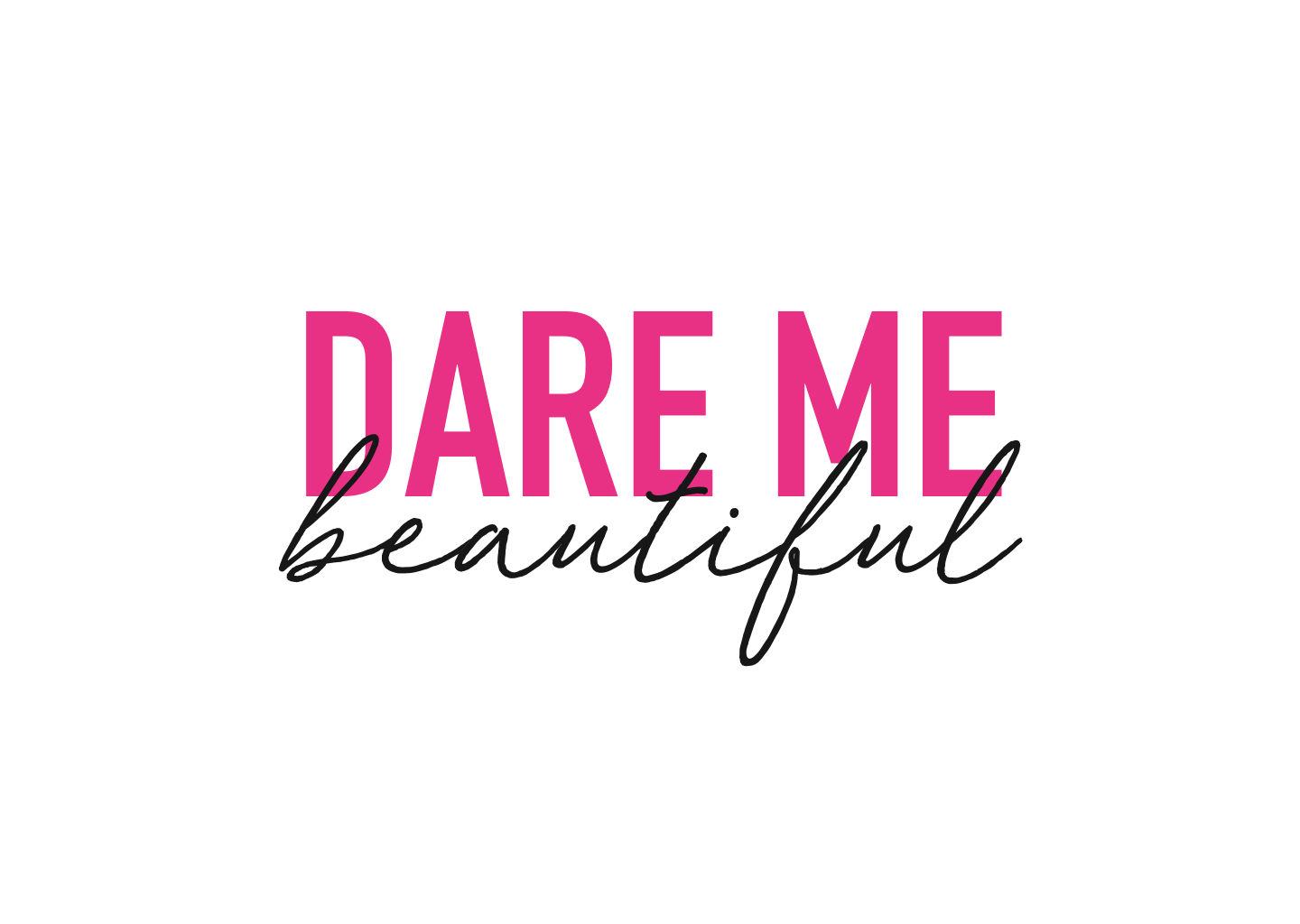Beauty and the Beat: Makeup Artist Jennifer Renee Talks Beauty Tips For Albino Women
Source: @jreneejrenee on Instagram
It is estimated that one out of every 18,000 to 20,000 people born in the U.S. each year have a form of albinism according to Albinism.org. Jennifer Renee is one of those people, and she wears it proudly as "the 1st #AlbinoBeauty Influencer". As a makeup artist and blogger, she talks openly about her Albinism, educating people along the way about life as a women of color with the rare genetic condition.
I wanted to talk to this beauty and have her share her experience navigating the world and the beauty industry being Albino because I feel like it is still hardly addressed. I have to say I learned quite a bit myself and was so inspired by her journey. Read on!
LH: Growing up, do you remember when you first became aware of your Albinism?
JR: I don't think I really noticed that I was different until I got to school and the kids started asking me why I looked different than my brother and my parents. It was something I didn't understand.
LH: What challenges have you faced as an Albino woman?
JR: Most of the challenges I've faced were because of my vision impairment. Some people with Albinism, like myself, are legally blind. But we all adapt with our vision in different ways. I've had a few adjustment phases in my life that were mainly just finding solutions for the visual barriers I face so that I can be an independent adult. For me that meant getting comfortable with using magnifiers and other adaptive tools to help me see. When I was younger, I refused to use magnifiers because I didn't want people to know that I couldn't see.
LH: And do you remember a time when you felt insecure about it?
JR: Yes, Albinism causes me to have Nystagmus, which is an involuntary eye movement. I was insecure about making eye contact with others because I cannot keep my eyes still. Then people ask what's going on with my eyes. Now, I'm comfortable with explaining it but I used to feel ashamed.
LH: What is the worst thing someone can say to someone who is Albino?
JR: For me, the worst things I've heard are from strangers who give unsolicited advice. "You should get a tan." Or "You'd look better with dark hair." It's unnecessary. It took me a long time to feel comfortable in my skin because I was constantly being judged and criticized just for looking like myself.
“It took me a long time to feel comfortable in my skin because I was constantly being judged and criticized just for looking like myself.”
LH: For people who need the advice, what are some of your favorite foundation(s) and skin care tricks?
JR: My favorite foundations right now are Maybelline Fit Me, Wet N Wild PhotoFocus and Face Atelier. I love skin care and I follow a routine twice a day. Cleanser, toner and moisturize with SPF. I also love serums and masks that hydrate because I have dry skin.
Source: @jreneejrenee on Instagram
LH: I love that you bring awareness to the different types of Albinism. Can you explain? What would be surprising to know about Albinism?
JR: There are a number of genes that are responsible for the different types of Albinism. Each type can effect the production of pigment in different ways that cause a person to have little or no pigment in their skin, hair and eyes. People with Albinism can be born with different hair color, eye color and complexions so Albinism doesn't have one look that is the same on everyone.


